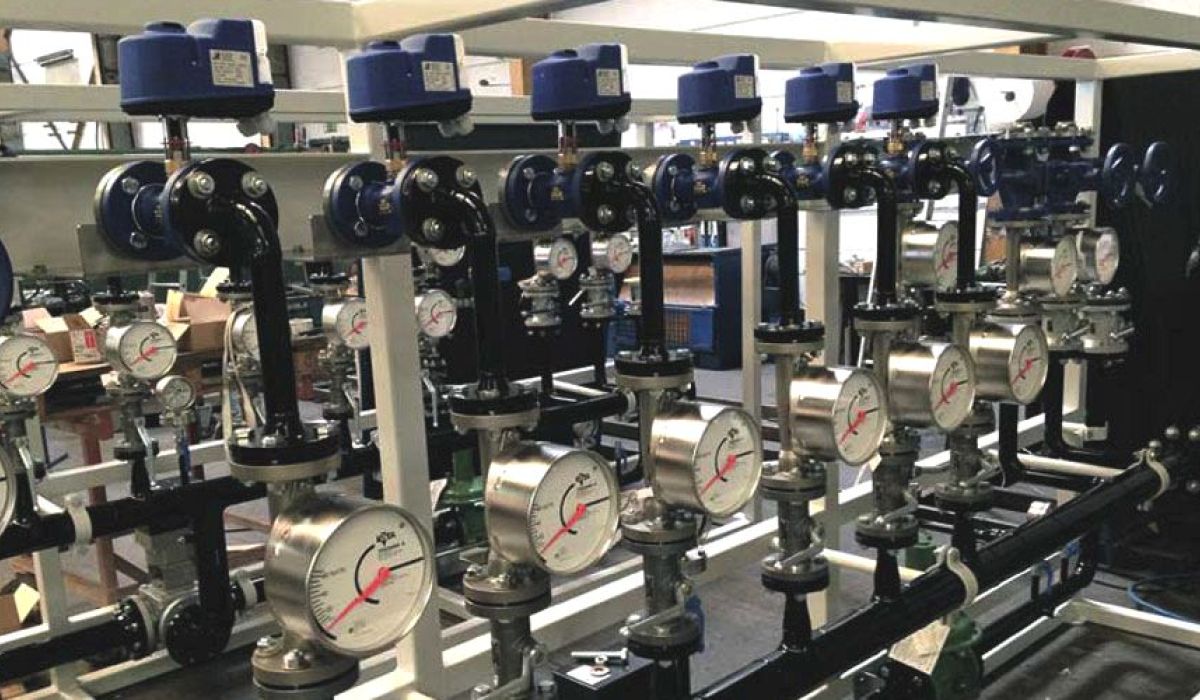We very successfully develop and manufacture inert gas dryers and ovens. If the concentration of vapors or dusts cannot or should not be reduced to a non-hazardous range, an inert gas such as nitrogen or carbon dioxide can be added to the existing atmosphere in the plants in such a magnitude that a non-critical, maximum permissible oxygen concentration is established.
Why inertisation?
When the concentration of steam and dust cannot normally or has to be reduced to a safe level, the atmosphere in the unit is set by adding an inert gas such as nitrogen or carbon dioxide in such a quantity that a non-critical and maximum permissible concentration is reached.
In some cases it is also important that the concentration of oxygen is reduced because it may have a direct negative effect on the production process or the quality of the product produced.
Exemplary inertisation unit
In some applications, it is also important that the oxygen content is reduced because it has a direct negative effect on the production process or the quality of the product produced.
The figure above shows part of an exemplary design for an inerting system that controls the nitrogen supply for an oven with multiple zones. The oxygen content for each zone can be continuously adjusted between 1 to 21% via controlled N2 control valves. With forming gas injection (5 % hydrogen in nitrogen), oxygen concentrations as low as 0.3 % can even be achieved.

